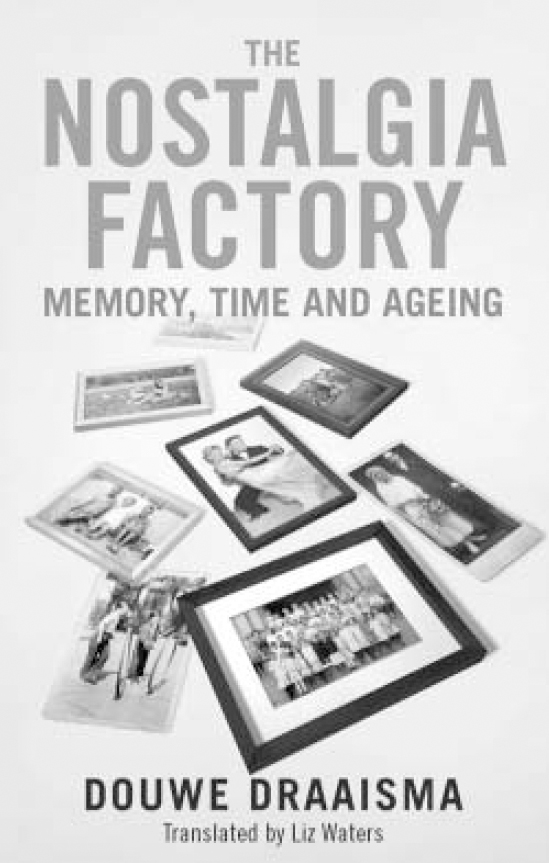
Nostalgia is often portrayed as a rather cosy emotion, for example the Ostalgie for the former East Germany portrayed in films such as Wolfgang Becker’s 2003 Good Bye Lenin! or the ‘nostalgia shop’ (‘Out of the Past’) described in Woody Allen’s 2011 Midnight in Paris: ‘What was prosaic and even vulgar to one generation had been transmuted by the mere passing of years to a status at once magical and also camp’ (opening lines of a book written by Gil Pander). However, Professor Draaisma, of the University of Groningen, reminds us of the painful root of the word nostalgia, invented in 1688 by Dr Johannes Hofer by translating the German Heimweh into Greek. Jaspers also described a case series of individuals who, in despair, committed arson and murder in order to get home - a world away from the ‘magical and camp’.
The essays in this engaging volume deal with ageing, normal forgetfulness and reminiscence, and summarise a large amount of empirical research. One particularly fascinating chapter deals with the commodification of memory loss through memory training (which only seems to train you to be better at memory training games). The chapter ends, in an interesting parallel to Barbara Ehrenreich’s Smile or Die: How Positive Thinking Fooled America and The World, with a thoughtful consideration of the implications of the maxim ‘use it or lose it’ and the unhelpful corollary that someone might be considered responsible for their memory problems through not having ‘used it’ enough.
Interestingly, a 19th-century prediction that nostalgia would become extinct due to increased communication has not come to pass in our era of social networks. The nostalgia factory of the title refers to the resurgence in later life of childhood memories in émigrés, ‘[but] the real nostalgia factory is time, which makes emigrants of us all… [Your] reminiscences impress upon you that you are no longer living in the land of your youth. You find yourself in a foreign country without ever having left’ (pp. 143-4).





eLetters
No eLetters have been published for this article.